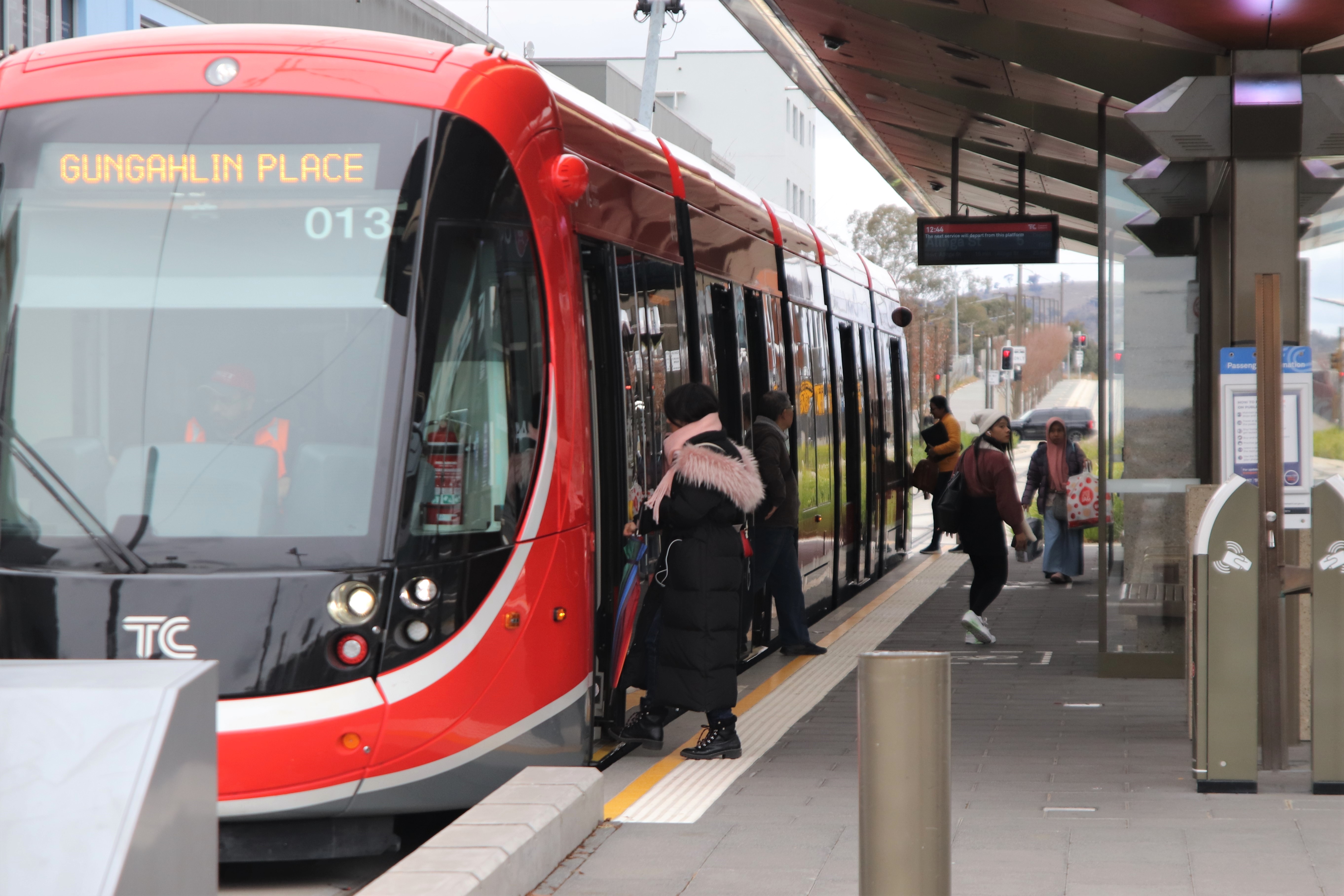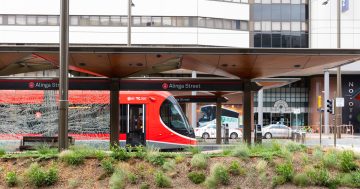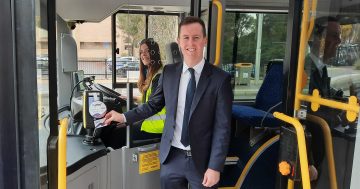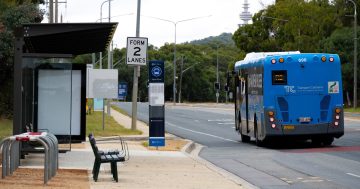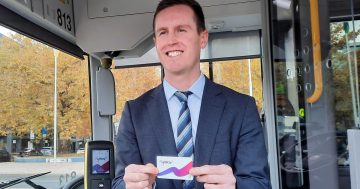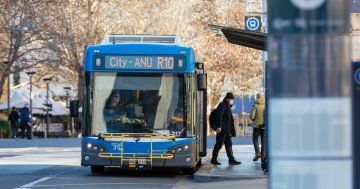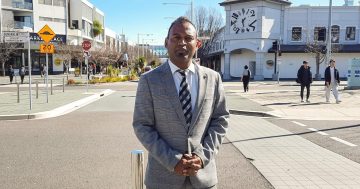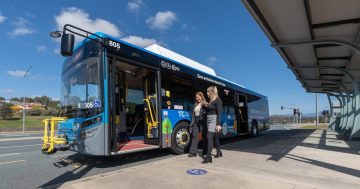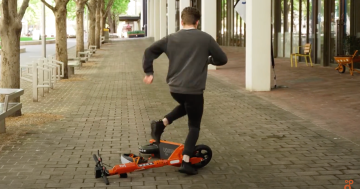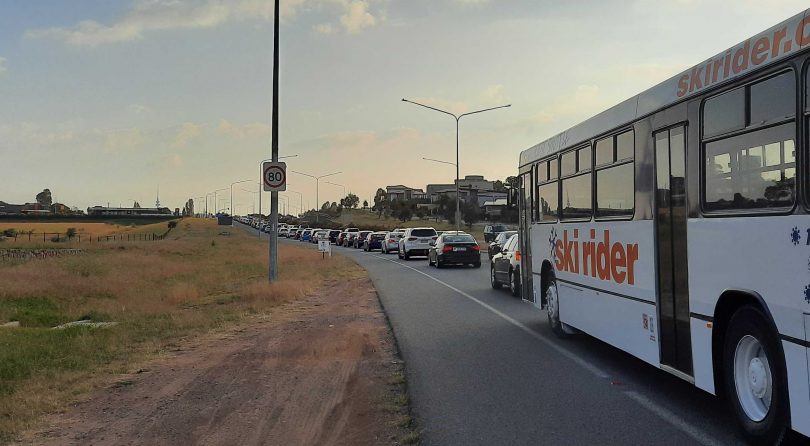
The journey out of the Molonglo Valley can be a slow one. Photo: File.
Many Canberrans have fallen in love with their cars again, abandoning public transport and feeding traffic congestion on key corridors and into the suburbs, new government data has confirmed.
The figures show the ACT Government has its work cut out convincing people to return to public transport, and it is also urging workers to spread out their morning and evening commutes, and they’re asking employers to help them do it.
The Gungahlin, Woden and Molonglo regions are particularly affected, with some roads experiencing increases in traffic of more than 60 per cent compared with pre-pandemic traffic.
The government has been trying to encourage people back to public transport, but the ongoing uncertainty of the COVID-19 situation, which the current outbreak in Sydney won’t help, makes it difficult to change commuting behaviour.
Transport Minister Chris Steel said COVID-19 had upended transport habits, and with more traffic and longer daily trips for many, it was a frustrating time to be on Canberra’s roads.
“To help tackle this congestion, we need to find ways to encourage Canberrans back onto public transport and help spread out the morning and afternoon peaks,” he said.
Mr Steel said this would be even more important as major infrastructure works in and around the city get underway later this year, including Stage 2A of light rail to Commonwealth Park.
He said the Transport Recovery Plan released in April included measures the government was taking to reassure people that public transport is safe and that they can start using it for their daily commute again.
“This includes promoting COVID-Safe etiquette, exploring fares and incentives for off-peak travel and continuing to make services more frequent and convenient,” he said.
The government also wanted to encourage employers to support more flexible working hours to help spread out the peaks.
“Allowing staff to come in even half an hour earlier or later can make a big difference. We will be leading by example with our own ACT Government workforce as well as partnering with other major employers to help drive this shift,” Mr Steel said.
He said the goal was to get public transport patronage back to its pre-COVID levels and keep growing it.
“Seeing more people choose public transport will be essential for managing congestion in the COVID recovery period and through the upcoming disruption associated with our major infrastructure builds which will have a further impact on traffic congestion and people’s daily commutes.”
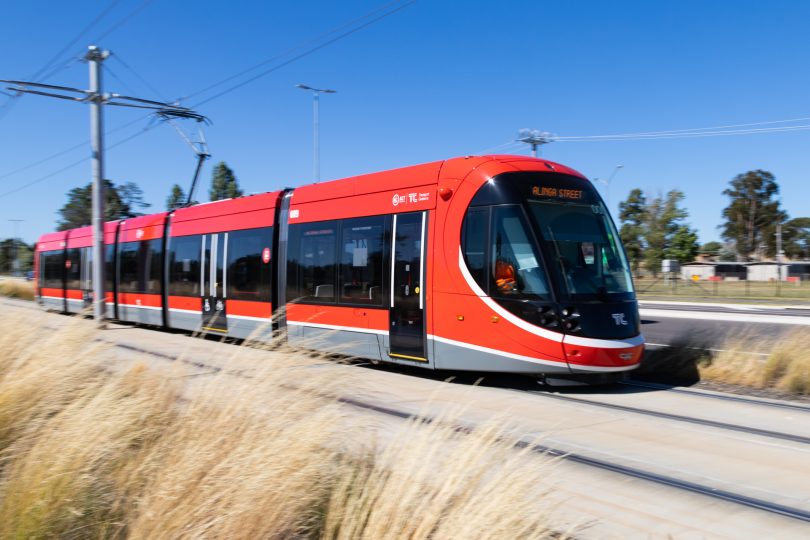
Light rail on Flemington Avenue. Less patronage has meant more traffic, particularly on Gungahlin roads. Photo: Michelle Kroll.
The data compares pre-pandemic traffic volumes with those during the COVID period and the present.
Many people have not returned to public transport since COVID first hit. The situation is being exacerbated by population growth, particularly in growing areas such as Molonglo and Gungahlin.
For example, data from trackers on the Federal Highway at Stirling Avenue and the Barton Highway show big increases in traffic – 27 and 13 per cent in both directions at Stirling Avenue, and 27 per cent in both directions for the Barton Highway.
Horsepark Drive is also well up on pre-COVID numbers, with the tracker at Well Station Drive showing a 37 per cent increase in north-bound traffic, while Flemington Drive and Well Station Drive is up 41 per cent.
Traffic levels are higher generally across the Gungahlin region, more so than other areas of the ACT.
In Molonglo, the tracker at John Gorton Drive at Holborow Avenue shows a 62 per cent spike in morning east-bound traffic.
In Woden, the corner of Corinna and Callum Streets has experienced massive increases of 52 and 88 per cent in both directions.
The government says public transport patronage is still only at around 75 per cent of pre-COVID levels.
It says another potential factor is the ongoing trend of people working from home and using virtual meeting tools, which may be contributing to more short local trips, including to and from town centres closer to where people live.
Many roads in Civic have reduced traffic flows, which the government suggests could be due to workers conducting more virtual meetings and moving around the city less during the day.
Another area with less traffic is around Canberra Airport. Volumes on Morshead Drive remain very light, possibly from fewer people travelling by air and Brindabella Business Park workers not returning to the office.
Original Article published by Ian Bushnell on The RiotACT.




